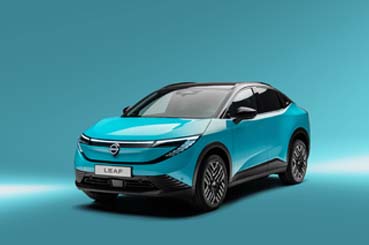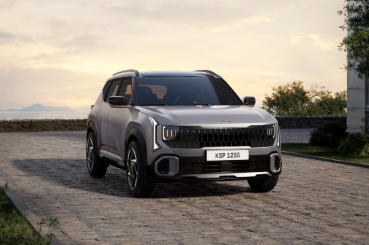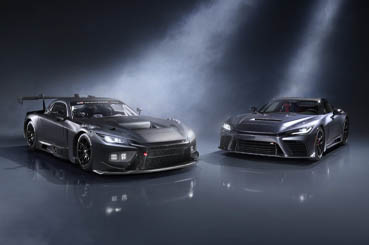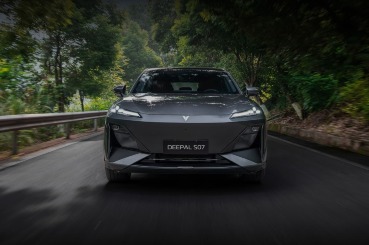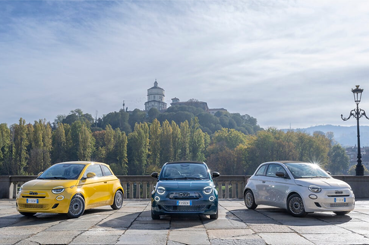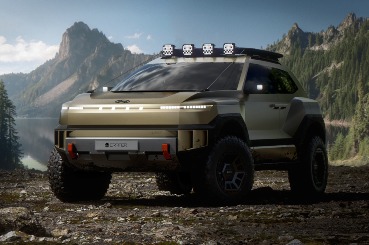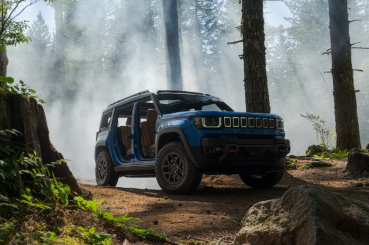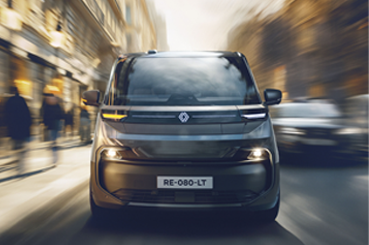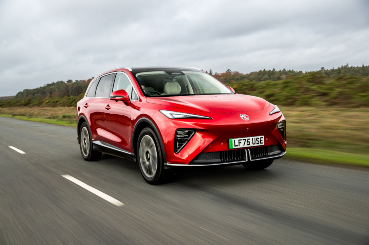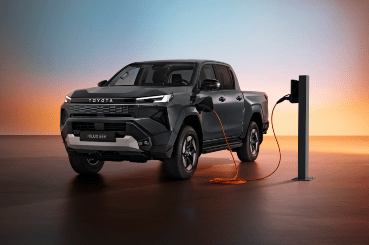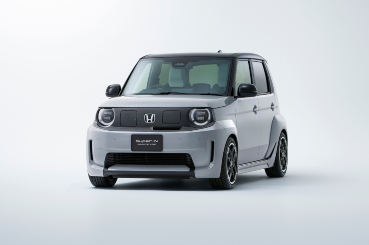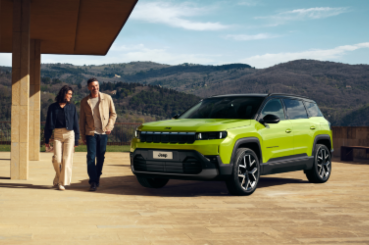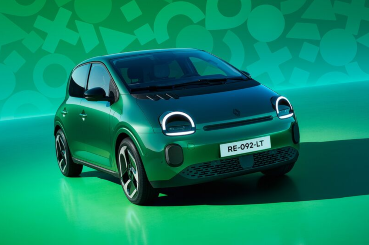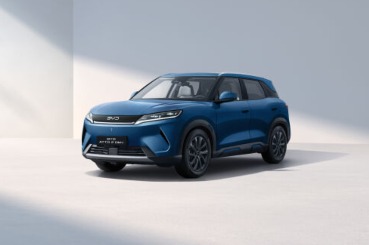Honda. The name itself conjures images of reliable, fuel-efficient vehicles. But for petrolheads around the world, Honda also represents a powerhouse in the world of motorsport.
From humble beginnings on the Isle of Man to the pinnacle of racing in Formula One, Honda Racing boasts a legacy paved with innovation, daring, and podium finishes. Buckle up, racing fans, as we delve into the world of Honda Racing!

Where It Started
Honda’s racing journey began not just on two wheels, but in the aftermath of a war-torn Japan. Soichiro Honda, the visionary founder of Honda, wasn’t just a businessman; he was a passionate racer. In the 1930s, even before Honda as a company existed, Soichiro participated in races with his brother, tinkering with and modifying a Ford for competition. This early love for racing laid the foundation for what would become a lifelong pursuit for Soichiro and a core value for Honda as a whole.
Soon after the company’s establishment in 1949, Honda entered the world of motorcycle racing, and their success was swift. They racked up impressive victories, showcasing the potential and performance capabilities of their motorcycles on a global stage. This is where the now-iconic Dream D-Type motorcycle comes in. Unveiled in 1953, it wasn’t just a means of getting around; it was a symbol of hope and progress for a nation on the mend. The very same year, Honda decided to test the mettle of their creation on the legendary Isle of Man TT – a gruelling motorcycle race held on the public roads of the Isle of Man. This bold move not only showcased the Dream D-Type’s capabilities but marked the start of a long and successful association with motorcycling.
Honda’s dominance on the track wasn’t just about winning races; it was about pushing the boundaries of motorcycle technology. Riders like Mike Hailwood, a charismatic Englishman who won a record-breaking 14 Isle of Man TT races, and the daring New Zealander Joey Dunlop, who holds the record for most TT wins (26), became household names thanks to their association with Honda. Their triumphs weren’t just personal victories; they were testaments to Honda’s commitment to innovation, a legacy that continues to this day with their ever-evolving motorcycles that redefine performance and handling.
Honda in Formula One
By the 1960s, Honda’s racing ambitions had shifted gears. Formula One, the highest class of motorsport, with its exhilarating mix of speed, strategy, and technical prowess, beckoned.
Entering the 1964 season with their own engine, Honda surprised the established racing world. Their challenger, the RA271, was a marvel of engineering – lightweight, powerful, and incredibly reliable.
While their first win wouldn’t come until the following year, Honda quickly established itself as a force to be reckoned with.
Their arrival injected a new level of competition into the sport, pushing other manufacturers to innovate and adapt.

Honda Racing Heroes
After a 15-year hiatus, Honda returned to F1 in 1987, not as a constructor this time, but as an engine supplier. Their comeback was a roaring success. They partnered with Williams, a top team, and together they secured their first F1 World Championship title with Nelson Piquet behind the wheel. This marked the beginning of a new era for Honda Racing, one that would be defined by collaboration and strategic partnerships.
This period also saw the rise of a future legend, Ayrton Senna. Senna, a young and talented driver with exceptional skill, raced with Honda engines at Team Lotus and McLaren. Together, they formed a dominant force in the late 1980s and early 1990s. Their dedication, talent, and the raw power of Honda engines resulted in a series of unforgettable victories, culminating in back-to-back championship titles for Senna in 1990 and 1991. The partnership between Honda and Senna is a prime example of how racing can serve as a platform for greatness, bringing together exceptional human talent with cutting-edge technology to create a winning formula.
Over the years, Honda Racing has served as a breeding ground for some of motorsport’s most iconic drivers. Names like Ayrton Senna, the charismatic Brazilian whose wet-weather driving skills were legendary, and who won three World Championships with Honda-powered McLaren cars, are forever etched in Honda Racing’s history. His fierce determination and on-track rivalry with the likes of Alain Prost captivated audiences worldwide.
In 2015, Honda re-entered the F1 grid as a full-fledged constructor once again, partnering with McLaren. This marked a return to their roots, where they had complete control over the design and development of both the engine and chassis. This decision reflected Honda’s unwavering commitment to pushing the boundaries of technology and achieving ultimate performance. The partnership with McLaren, a team steeped in racing heritage, promised a potent combination of experience and innovation. However, the initial seasons proved challenging as Honda’s engine development lagged behind their competitors. Despite the setbacks, Honda persevered, learning valuable lessons and working tirelessly to improve their power unit. Their dedication eventually paid off. By 2020, Honda engines were back in contention, providing a competitive edge to the teams they supplied.
This period also saw the emergence of Max Verstappen, a young Dutch driver with exceptional talent and a fearless racing style. Verstappen, piloting a Red Bull car powered by a Honda engine, took the racing world by storm. His audacious manoeuvres and exceptional car control, coupled with the reliability and power of the Honda engine, resulted in a string of impressive victories. The 2021 season was a culmination of Honda’s hard work and strategic partnerships. With Verstappen behind the wheel and Honda’s powerful engine propelling him forward, Red Bull Racing emerged victorious, clinching both the Driver’s and Constructor’s Championships. This marked a momentous occasion for Honda, proving their ability to compete and win at the pinnacle of motorsport once again.

Notable Honda Racing Achievements
Honda’s racing achievements extend far beyond the glittering world of Formula One. They are a dominant force in motorcycle racing, holding the record for most Grand Prix victories in the premier class. This dominance showcases their commitment to two-wheeled excellence and their ability to produce motorcycles that are not only powerful but also technologically advanced and reliable.
Closer to home, Honda has carved a niche for itself in the British Touring Car Championship. Drivers like Matt Neal, Andrew Jordan, and Gordon Shedden have all piloted the iconic Honda Civic Type R to championship victories, proving that Honda’s racing spirit translates into exceptional performance cars that excel on everyday roads as well.

The world of endurance racing also feels Honda’s presence. The Monster Energy Honda Team is a testament to their commitment to pushing the limits of both machine and rider. They tackle gruelling challenges like the Dakar Rally, a multi-day off-road marathon considered one of the toughest motorsport events in existence. The Dakar Rally tests not only the physical capabilities of the riders but also the durability and reliability of the motorcycles. Honda’s success in this arena is undeniable. They have conquered the Dakar Rally a staggering eight times, solidifying their position as a top manufacturer and a true champion of endurance racing.
Honda’s racing legacy is a testament to Soichiro Honda’s dream and unwavering passion. From their early forays into motorcycle racing to their recent triumphs in Formula One and gruelling endurance races, Honda Racing continues to push boundaries and develop future-oriented technology.
Their dedication to racing serves not only as a platform for showcasing their engineering prowess but also as a breeding ground for innovation that benefits their production vehicles. The spirit of competition and the pursuit of excellence that define Honda Racing continue to leave an undeniable mark on the world of motorsport, inspiring future generations of racers and engineers.


